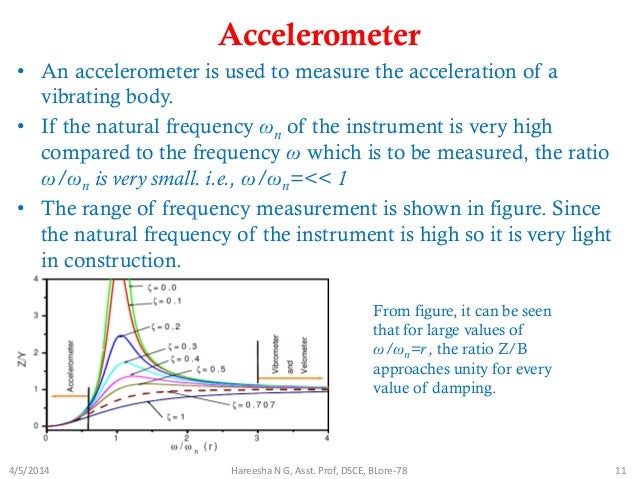

When there are multiple measures in the view, Tableau will automatically add Measure Names and Measure Values-or just Measure Names-when you choose certain visualization types from Show Me. Using Show Me When Multiple Measures Are in the View

When you use this technique, Tableau automatically adds Measure Names and Measure Values to the view, allowing you add additional measures to the blended axis. For details, see Blend axes for multiple measures into a single axis. You can show multiple measures on the same continuous axis by blending axes. Tableau will automatically add Measure Names and Measure Values fields to the view in response to certain actions on your part. When Measure Names and Measure Values automatically get added to the view Of course, this view is not well suited for any more than a quick survey of your data because you can't generate a great deal of insight by comparing numbers that aren't measuring the same thing- Profit and Sales are both in dollars, but Discount and Profit Ratio are percentages. It shows the values of all measures in the Data pane, using their default aggregations.Ĭreate a new worksheet using the Superstore example workbook. The view below was created with the Sample - Superstore data source. You can use Measure Values and Measure Names to display the values for all measures in you data source, using their default aggregations, simultaneously. On the Rows shelf and select Edit Aliases.Ĭreate a visualization using Measures Names and Measure Values You may want to include the aggregations or call it "Total Profit" and "Total Sales." To change the measure names, right-click (control-click on Mac) the Measure Names field Notice how the header names removed the aggregation label by default. Is automatically added to the Rows shelf. When you add Sales to the text table (by dragging it and dropping it in the view), the measures are combined and the Measure Valuesįield is added to Text. Now suppose you want to show both the Profit and the Sales forĮach category and region. The aggregated profit of each product category by region. For example, suppose you have a text table containing

This feature becomes useful when you are working with a text table that shows multiple Names to a view, all of the measure names appear as row or column headers in In a view, you can use the Measure Values and

You can remove individual measures from the view by dragging them out of the Measure Values card. When Measure Values is in the view, Tableau creates a Measure Values card, outlined in red, below, that lists the measures in the data source with their default aggregations.
#Measure frequency of values in statplus manual#
You can change the manual sort order for the values for Measure Names. You can assign aliases to the values for Measure Names. You can drop Measure Values and Measure Names on shelves. You can format Measure Values-the formatting is then inherited as the default formatting for all measures. You can display a filter for Measure Names. Measure Values and Measure Names are in most respects like other fields in Tableau: Tableau automatically creates these fields so that you can build certain types of views that involve multiple measures. How you can use Measure Names and Measure Values Use your (Link opens in a new window) account to sign in.
#Measure frequency of values in statplus free#
Watch a video: To see related concepts demonstrated in Tableau, watch Measure Names and Measure Values (Link opens in a new window), a 5-minute free training video. The Measure Names field contains the names of all measures in your data, collected into a single field with discrete values. Drag individual measure fields out of the Measure Values card to remove them from the view. The Measure Values field contains all the measures in your data, collected into a single field with continuous values. The Data pane always contains a number of fields that do not come from your original data, two of which are Measure Values and Measure Names.


 0 kommentar(er)
0 kommentar(er)
